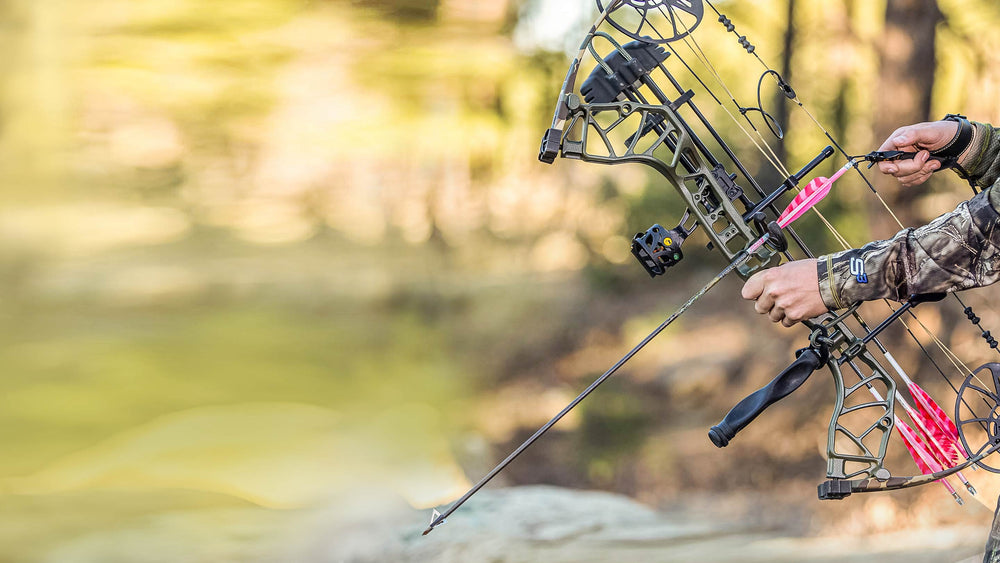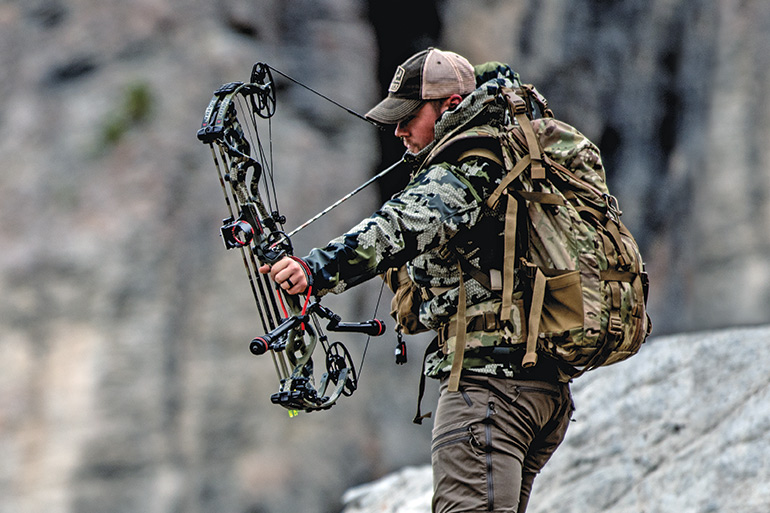Exactly how to Choose the Right Bow Stabilizer: Professional Tips and Advice
Exactly how to Choose the Right Bow Stabilizer: Professional Tips and Advice
Blog Article
Optimize Your Archery Precision With These Bow Stabilizer Methods
One vital element that can considerably influence your performance is the correct usage of bow stabilizers. Whether you are a seasoned archer looking to refine your skills or a novice excited to improve your accuracy, mastering these bow stabilizer techniques can be the trick to hitting your mark with unrivaled uniformity.
Benefits of Utilizing Bow Stabilizers
Making use of bow stabilizers can considerably boost an archer's accuracy and total efficiency by minimizing bow torque and resonance. Bow torque, triggered by the unequal distribution of weight in the bow, can cause disparities in shot placement. By attaching a bow stabilizer, the weight is redistributed, decreasing the impacts of torque and helping the archer accomplish a much more consistent shot. Additionally, bow stabilizers wet resonance, which not only boosts the comfort of shooting yet also protects against the bow from leaping upon launch, hence assisting in preserving appropriate purpose.
Moreover, bow stabilizers can assist in holding the bow constant, specifically during windy problems or when firing from longer distances. The included weight at the front of the bow provides stability and equilibrium, enabling the archer to concentrate on intending without the diversion of bow activity. Generally, the benefits of making use of bow stabilizers extend past simply precision, enhancing the archer's experience and performance in various shooting situations.
Selecting the Right Bow Stabilizer
Selecting the appropriate bow stabilizer is critical for optimizing your archery tools and improving shooting efficiency. Larger stabilizers can assist reduce bow torque and absorb even more vibration, leading to a steadier goal.

Lastly, think about the layout of the stabilizer. Some stabilizers feature flexible weights or dampeners that enable you to personalize the equilibrium and feel of your bow. Inevitably, choosing the ideal bow stabilizer entails discovering an equilibrium in between weight, style, product, and length to enhance your capturing precision and general efficiency.
Correct Setup Strategies
To make sure optimal performance and safety in archery, understanding proper installation techniques for your bow stabilizer is important. The initial step in setting up a bow stabilizer is to recognize the appropriate placement on your bow. A lot of stabilizers are connected to the front of the riser, below the grasp, to assist counterbalance the weight of devices such as views and quivers. Make sure that the stabilizer is not conflicting with various other parts or hindering your capturing type.
Next, safely affix the stabilizer to the bow using the proper placing hardware. Some stabilizers come with flexible weights that can be included or gotten rid of to adjust click to find out more the equilibrium of your bow.

Changing Stabilizer Weight and Size
After making certain the correct setup of your bow stabilizer, the following step includes adjusting the weight and length to optimize its click efficiency in improving archery accuracy. The weight of the stabilizer plays a critical function in reducing bow activity throughout the shot cycle.
A longer stabilizer can supply higher stability by increasing the range in between the bow and the weight at the end of the stabilizer. Alternatively, a shorter stabilizer provides a lot more ability to move and might be chosen by archers that value dexterity and quick activities during shooting.
Advanced Stabilizer Tuning Tips
Achieving optimum bow stability and precision in archery requires a nuanced strategy to advanced stabilizer tuning. Advanced stabilizer adjusting entails fine-tuning different components to enhance the bow's equilibrium, reduce resonance, and improve overall accuracy.
One more critical facet of advanced stabilizer tuning is maximizing the damping buildings of the stabilizer system. Exploring different materials for the stabilizer building, such as carbon fiber or aluminum, can likewise affect the bow's efficiency by changing its weight distribution and rigidity.
Verdict
In verdict, making best use of archery precision can be achieved with the proper choice, installation, and modification of bow stabilizers. Overall, including bow stabilizers into archery technique can lead to improved performance and raised accuracy.
Making use of bow stabilizers can considerably boost an archer's accuracy and general efficiency by lessening bow torque and resonance. Longer stabilizers offer his response better stability and balance, particularly for long-distance capturing, while shorter stabilizers use even more flexibility and are easier to navigate in limited rooms (bow stabilizer). Carbon fiber stabilizers are lightweight and long lasting, while aluminum stabilizers are durable and give outstanding vibration dampening
A longer stabilizer can provide higher stability by boosting the range in between the bow and the weight at the end of the stabilizer.An additional vital aspect of innovative stabilizer tuning is maximizing the damping homes of the stabilizer system.
Report this page